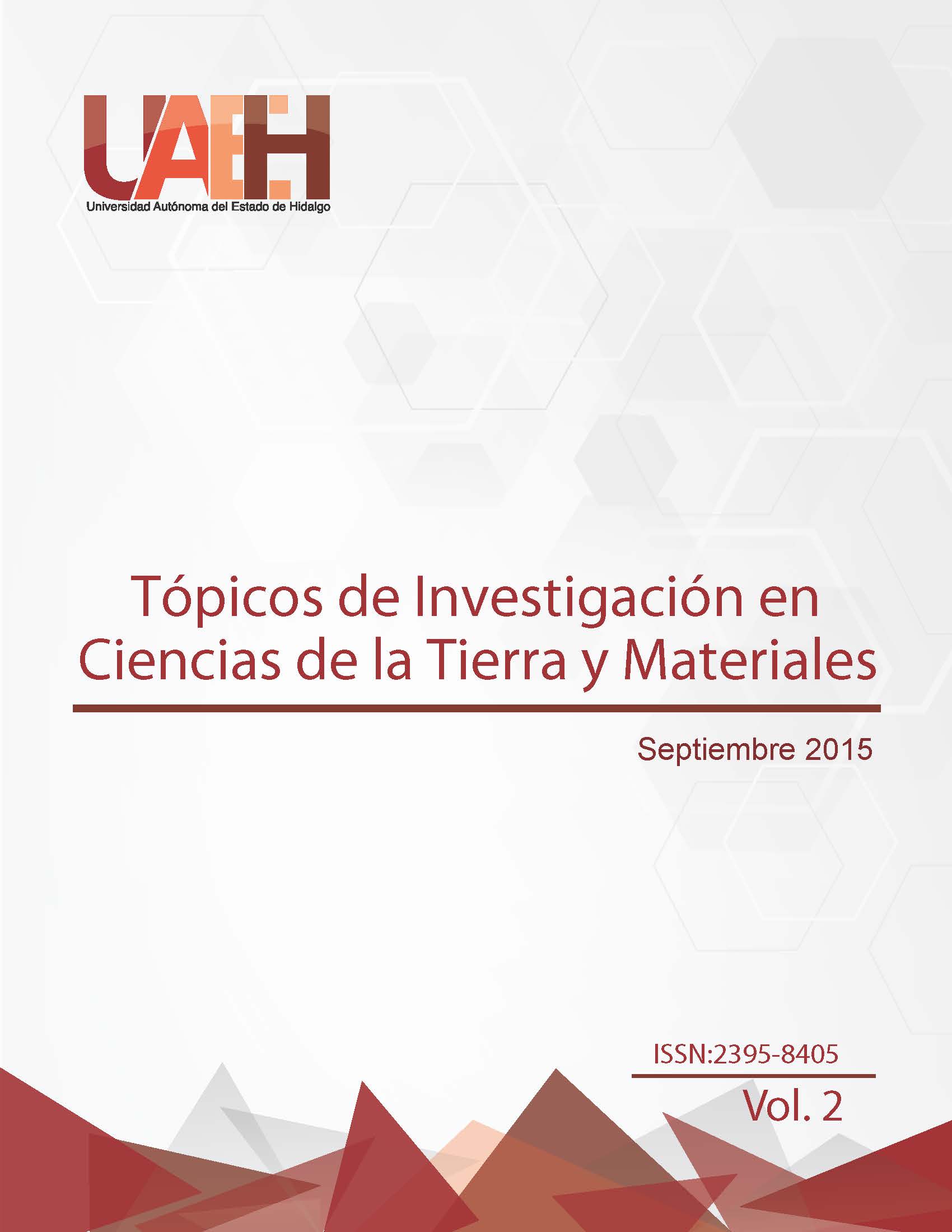Synthesis of the NTC/Ph3P/Co hybrid, by means of microwave-assisted synthesis
Abstract
In this work, a method based on microwave-assisted synthesis is presented for the incorporation of cobalt (Co) nanoparticles and triphenylphosphine (Ph₃P) molecules on the surface area of carbon nanotubes (CNT) for the synthesis of the hybrid NTC/ Ph₃P/Co. The use of microwaves at constant power allows the functionalization of the CNT area for the generation of –COOH and –OH groups with less aggressive acid treatments than conventional ones. This functionalization favors the incorporation of different molecules such as Ph₃P and can be carried out thermoreduction reactions for the nucleation of metal particles such as cobalt. The surface of the hybrids and their precursors were characterized by IR-ATR and RAMAN. The morphology of the hybrid was performed by scanning-transmission microscopy, and it was observed that Co forms a coating on the NTC with an average thickness of 4 nm, while the EDS analysis indicates a Co content of 12% and Ph₃P of the 3%.
Downloads
References
2. D.P. HE, S.C. MU, M. PAN, Carbon, 49 (2011), pp. 82–88
3. W.M. ZHANG, P. SHERRELL, A.I. MINETT, J.M. RAZAL, J. Chem, Energy Environ. Sci., 3 (2010), pp. 1286–1293
4. T. CHARINPANITKUL, A. SOOTTITANTAWAT, N. TONANO, W. TANTHAPANICHAKOON , Mater, Chem. Phys. 116 (2009) 125-128
5. J. LI, C.Y. LIU. Carbon-coated copper nanoparticles: synthesis, characterization and optical properties. New J Chem, 33 (7) (2009), pp. 1474–1477
6. P. SERP, M. CORRIAS, P. KALCK. Carbon nanotubes and nanofibers in catalysis. Appl Catal A: Gen, 253 (2003), pp. 337–358
7. J.H. LEE, B.E. PARK, Y.M. LEE, S.H. HWANG, W.B. KO. CURR. Appl. Phys., 9 (2009), pp. e152–e156
8. A. SCHIERZ, H. ZÄNKER. Environ. Poll., 157 (2009), pp. 1088–1094
9. J. KLANWAN, N. AKRAPATTANGKUL, V. PAVARAJARN, T. SETO, Y. OTANI, T. CHARINPANITKUL. Mater. Lett., 64 (2010), pp. 80–82
10. X. TAN, W. DENG, M. LIU, Q. ZHANG, Y. WANG. Carbon nanotube-supported gold nanoparticles as efficient catalysts for selective oxidation of cellobiose into gluconic acid in aqueous medium. Chem Commun, 46 (2009), pp. 7179–7181
11. R. ROY, D. AGRAWAL, J. CHENG, S. GEDEVANISHVILI. Full sintering of powderedmetal bodies in a microwave field. Nature, 399 (1999), pp. 668–670
12. ROSARIO-CASTRO BI, CONTES EJ, LEBRON-COLON M, MEADOR MA, SANCHEZPOMALES G, CABRERA CR. Combined electron microscopy and spectroscopy characterization of as received, acid purified, and oxidized HiPCo single-walled carbon nanotubes. Mater Charact, 2009;60(12):1442–3.
13. DAASCH L, SMITH D. Infrared spectra of phosphorus compounds. Anal Chem 1951;23(6):853–68.
14. SWARTZ JE, BUNNETT JF. Reactions of halotoluenes with potassium diphenylphosphide. Evidence for a thermally induced aromatic SRN1 reaction. J Org Chem, 1979;44(3):340–6
15. KEQIN DENG, CHUNXIANG LI, XIYANG QIU, JIANHONG ZHOU, ZHAOHUI HOU, Synthesis of Cobalt hexacyanoferrate decorated graphene oxide/carbon nanotubes hybrid and their application for sensitive detection ofhydrazine. Electrochimica Acta, Volume 174, 20 August 2015, Pages 1096-1103, ISSN 0013-4686.
16. M. HOLZINGER, J. ABRAHAM, P. WHELAN, R. GRAUPNER, L. LEY, F. HENNRICH, M. KAPPES, A. HIRSCH. J. Am. Chem. Soc., 125 (2003), pp. 8566–8580.












